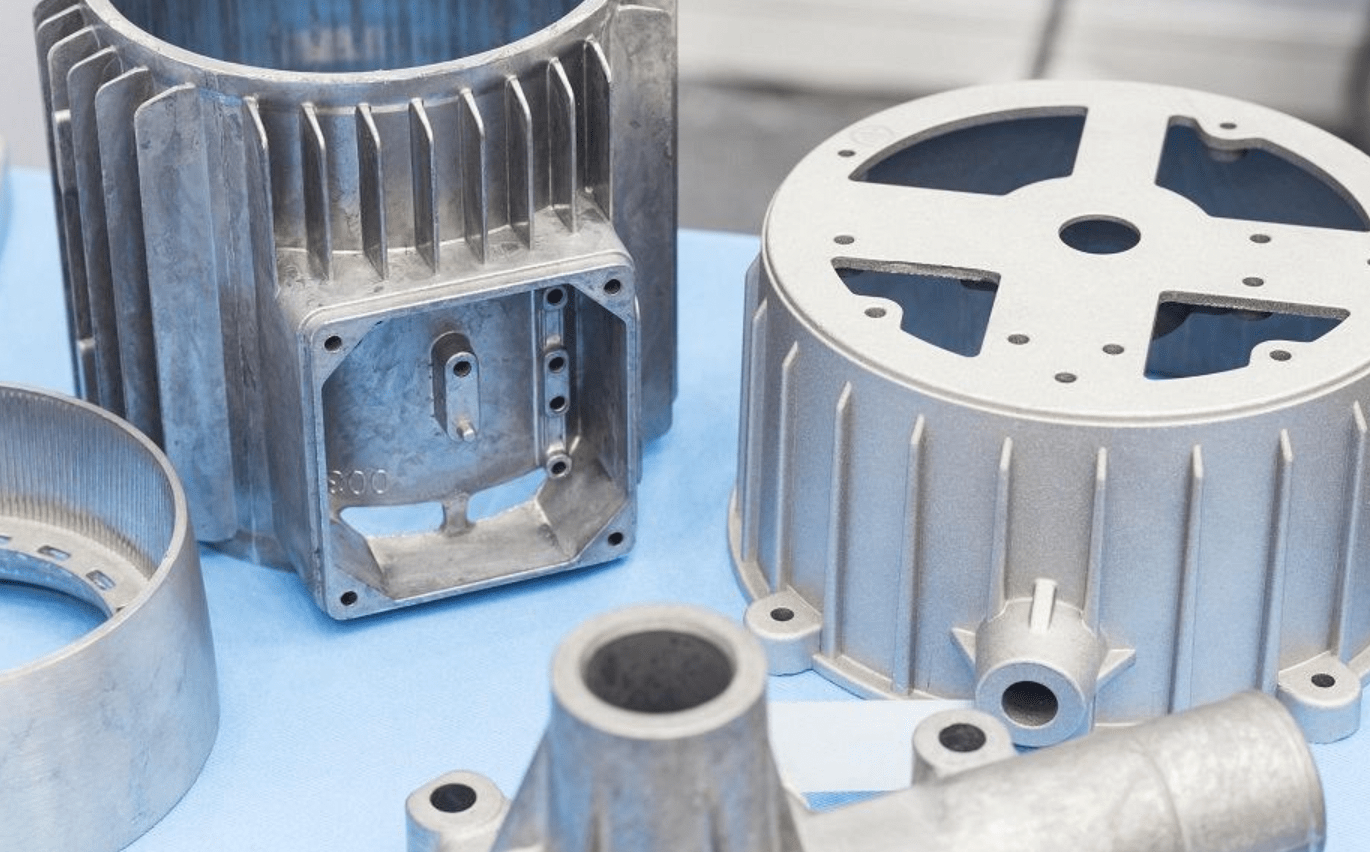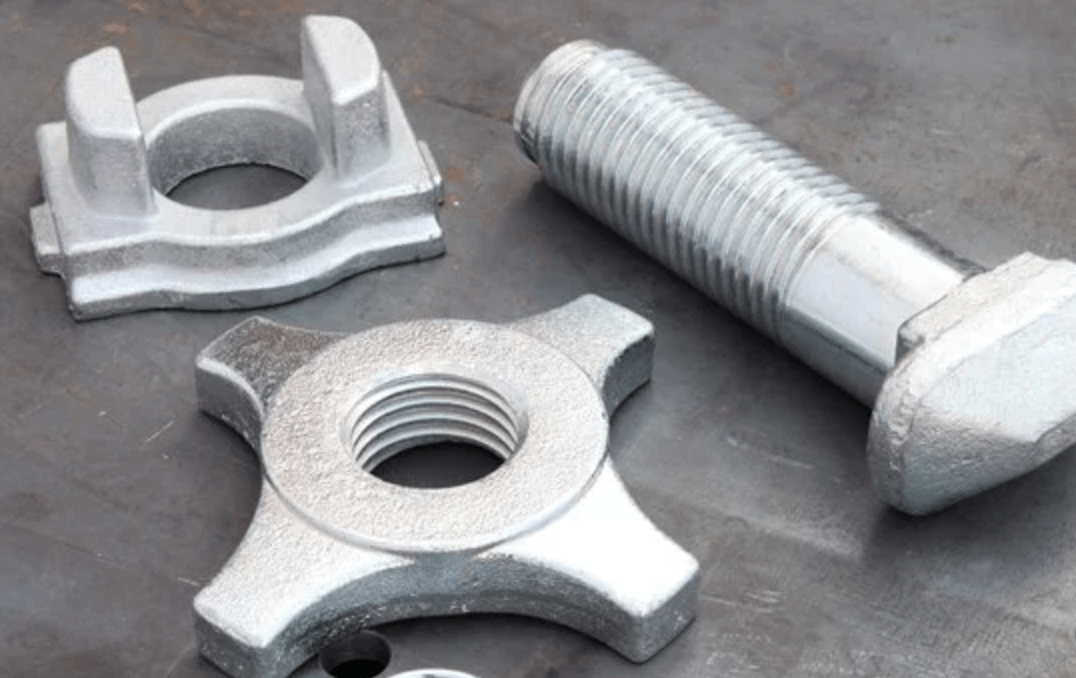Aluminum is one of the most versatile materials used across industries, prized for its lightweight nature, corrosion resistance, and thermal conductivity. When it comes to shaping aluminum into usable components, two primary methods stand out: casting and forging. Understanding the differences between these processes is essential for choosing the right approach for your project.
Cast aluminum is created by pouring molten aluminum into molds, allowing it to take on intricate shapes as it solidifies. This process is widely used due to its efficiency and flexibility in manufacturing. Cast aluminum is popular for applications that require complex geometries but do not demand extreme strength.
For example, engine blocks, decorative parts, and housings are often made using cast aluminum. The ability to create highly detailed designs in a single production cycle makes casting an ideal choice for components that need both functionality and aesthetic appeal.

However, cast aluminum comes with certain limitations. The process can result in porosity, or small air pockets, within the material. These imperfections may reduce the overall strength and fatigue resistance of the finished product. Despite these drawbacks, cast aluminum remains a cost-effective solution for large-scale production, especially for high-volume manufacturing runs.
Forged aluminum is produced through a process that deforms solid aluminum under high pressure, typically with the aid of heat. This process compresses the material’s internal structure, aligning its grain and resulting in exceptional mechanical properties such as strength and durability.

There are two main types of forging:
The forging process creates a dense, strong material with excellent fatigue resistance and a high strength-to-weight ratio. These properties make forged aluminum ideal for high-stress applications, such as connecting rods in automotive engines and critical components in the aerospace industry.
While forging offers superior mechanical performance, it is less suitable for intricate or highly complex shapes. Additionally, the process tends to be more expensive than casting, making it a choice reserved for components where strength and reliability are paramount.
To make an informed decision, it’s crucial to understand the key differences between cast and forged aluminum in terms of strength, surface finish, manufacturing flexibility, cost, and applications.
| Features | Cast Aluminum | Forged Aluminum |
|---|---|---|
| Strength | Lower, due to potential porosity | Higher, with a dense internal structure |
| Design Flexibility | High, suitable for complex and intricate shapes | Low to moderate, limited to simpler shapes |
| Cost | Lower, especially for high-volume production | Higher, due to labor-intensive processes |
| Production Volume | Ideal for high-volume manufacturing | Best for low to medium-volume production |
| Surface Finish | Smooth, requires less post-processing | Rougher, may need additional finishing |
| Durability | Moderate, less resistant to fatigue and impact | High, excellent fatigue and impact resistance |
| Complexity of Shape | High, allows for intricate designs | Low to moderate, limited by forging methods |
| Porosity | Possible, may weaken the material | Minimal, resulting in stronger components |
Forged aluminum is significantly stronger and more durable than cast aluminum. Its dense structure ensures better fatigue resistance, making it the go-to choice for safety-critical parts. Cast aluminum, while less durable, is sufficient for components that don’t experience heavy mechanical stress.
Cast aluminum generally offers a smoother surface finish, requiring less post-processing. This makes it ideal for applications where aesthetics are important. Forged aluminum, on the other hand, may have a rougher finish and often requires additional processing to achieve a polished appearance.
Casting allows for the creation of complex and intricate shapes, which makes it advantageous for components with detailed designs. Forging, in contrast, is better suited for simpler geometries that prioritize strength over complexity.
Casting is generally more cost-effective, especially for large-scale production runs. Forging, while pricier, offers superior performance and reliability, which can justify the additional expense in high-stress applications.
Cast aluminum is commonly used for:
Engine blocks
Pump housings
Consumer goods
Forged aluminum finds its place in:
Automotive suspension systems
Aerospace components
Industrial tools
Porosity is a common issue in cast aluminum, where small air pockets can weaken the material. Forged aluminum, due to its dense structure, has minimal porosity, contributing to its superior strength and reliability.
For projects where cost, design flexibility, and smooth surface finish are priorities, cast aluminum is the optimal solution. It is particularly suited for decorative or low-stress applications where affordability and intricate shapes are critical.
On the other hand, forged aluminum is indispensable for applications that demand superior strength, high fatigue resistance, and minimal porosity. It is the ideal choice for high-stress components in automotive, aerospace, and industrial settings, ensuring performance and longevity.
At HYDieCasting, we specialize in delivering high-quality aluminum die casting solutions tailored to your needs. With advanced equipment and a team of experts, we ensure precision, efficiency, and durability in every component we produce.
Whether you need complex shapes for consumer products or lightweight parts for industrial applications, our die casting services provide the perfect balance of cost and performance. Share your project details with us today and experience the HYDieCasting difference. Contact us by lily@huayin99.com now or request a quote to get started.